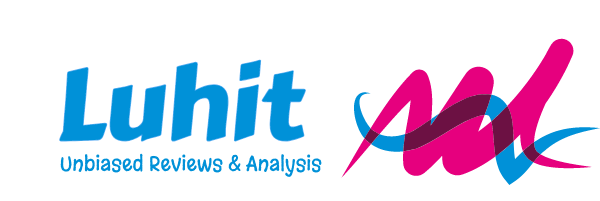Apple has been known to make bold and mysterious decisions. Personally, I wouldn’t be surprised if Apple choose to drop “Boot Camp” altogether in the 10.5 (Leopard) iteration of it’s Mac OSX. But the question is would they really drop Boot Camp in favor of virtualization ?
Here is an interesting question raised at TQAW blog :
I can’t even find Apple’s own Boot Camp mentioned on the ‘you can even run Windows’ page of Apple’s Get a Mac site – surprisingly, it’s Parallels Desktop that has the spotlight now. Could Apple be giving Boot Camp the back seat in favor of the no-rebooting convenience of Parallels Desktop?
Apple’s Windows site mentions Parallels Desktop instead of Boot Camp – The Unofficial Apple Weblog (TUAW)
Developing a new piece of software costs money. The software in question is Boot Camp !!! Cost of developing is much more than paying the developers, the QA folks who builds and tests the software, it’s much more than the cost of facility & infrastructure.
Being in product development myself, I can tell this much – the real cost is the time. For any software company engineering resources (dev, qa) is finite. If Apple didn’t have any intention to discontinue Boot Camp they would have used the resources to write Boot Camp. Simple. they could have used the time and the resources to write something else that would have got them more revenues.
If you compare Boot Camp to Parallel’s/ Desktop for Mac, you will notice that these two software are not altogether same.
For now, Boot Camp only allows us to install and dual boot between Mac OSX 10.4.6 and Windows XP SP2. No other OSes are supported. You can only boot to one OS at a time – either into OSX or into Windows XP. This similar to Grub or Lilo you would use to dual or multi boot Linux/Windows on a PC. The concept to Boot Camp comes with lot of advantages.
- No matter which OS you have booted into, you get native speed and performance. With boot camp I played gaes on my Windows XP setup with quite good performance. Boot Camp transforms my Intel iMac Core Due 2Ghz into a great gaming PC. For everything else I use Tiger without any performance penalty.
- With Boot Camp each supported OS runs natively and separately. So, if Windows XP has a trouble it will not impact my Tiger installation.
The trouble in Boot Camp’s paradise is sharing of files between the Windows and Tiger partitions. Tiger can read from the from Windows NTFS drive ( if you used FAT Tiber could both read and write, but using FAT file system is not a good idea at all). If you are booted to Windows, you wouldn’t be able to even see the Tiger’s HFS+ partition. There are 3rd party tools like MacDrive 6 that lets you use HFS+ drives from windows.
Parallel’s instead lets you run both Mac OSX and Windows (even Linux , BSD etc.) concurrently on you Mac. In this example let us take OSX Tiger and Windows XP. Since both are running concurrently, sharing files between them is as simple as accessing SMB shares over a TCP/IP network.
But Parallel’s or any other virtualization software (like Virtual PC, Vmware, XEN…) is not about sharing files ? There are some very good alternatives of Windows software for Mac. Then why would anyone want to use Parallel’s desktop. I can describe a use case where I have used virtualization regularly. Suppose, you are software developer who has to check cross platform compatibility of your software and you are tight on your hardware budget. This is where parallel’s or other virtualization software can help, on the same hardware you can run different OSes. In case of Parallel’s desktop you can run scores of OSes with it on you Mac.
Other then the above I cannot see much use case for parallels. In my tests of Windows XP running on Parallel’s I have found Windows run quite sluggishly. Surprisingly, if I remote desktop to the Windows XP (running on Parallel’s) the responsiveness is much better.
Of course, you can buy Parallels and run 20 OSes on you Mac. Why ? Just for fun 🙂
Different people have different needs and have different use cases. Neither Boot Camp nor Parallel’s can address everybody’s needs.
I don’t see Apple giving Boot Camp the boot any time soon. Boot camp and
virtualization softwares like Parallel’s will co-exist ( just like XEN
and Grub have co-existed). If you go by the rumors Leopard may even
have virtualization built into it by default.
Related Post :Mac: CrossOver Wine to join the party with BootCamp & Parallels
technorati tags:Apple, Boot, Camp, Macintost, Parallel’s, Desktop, Review, opinion, analysis, iMac, Intel, Mac
Blogged with Flock
Related Images:








